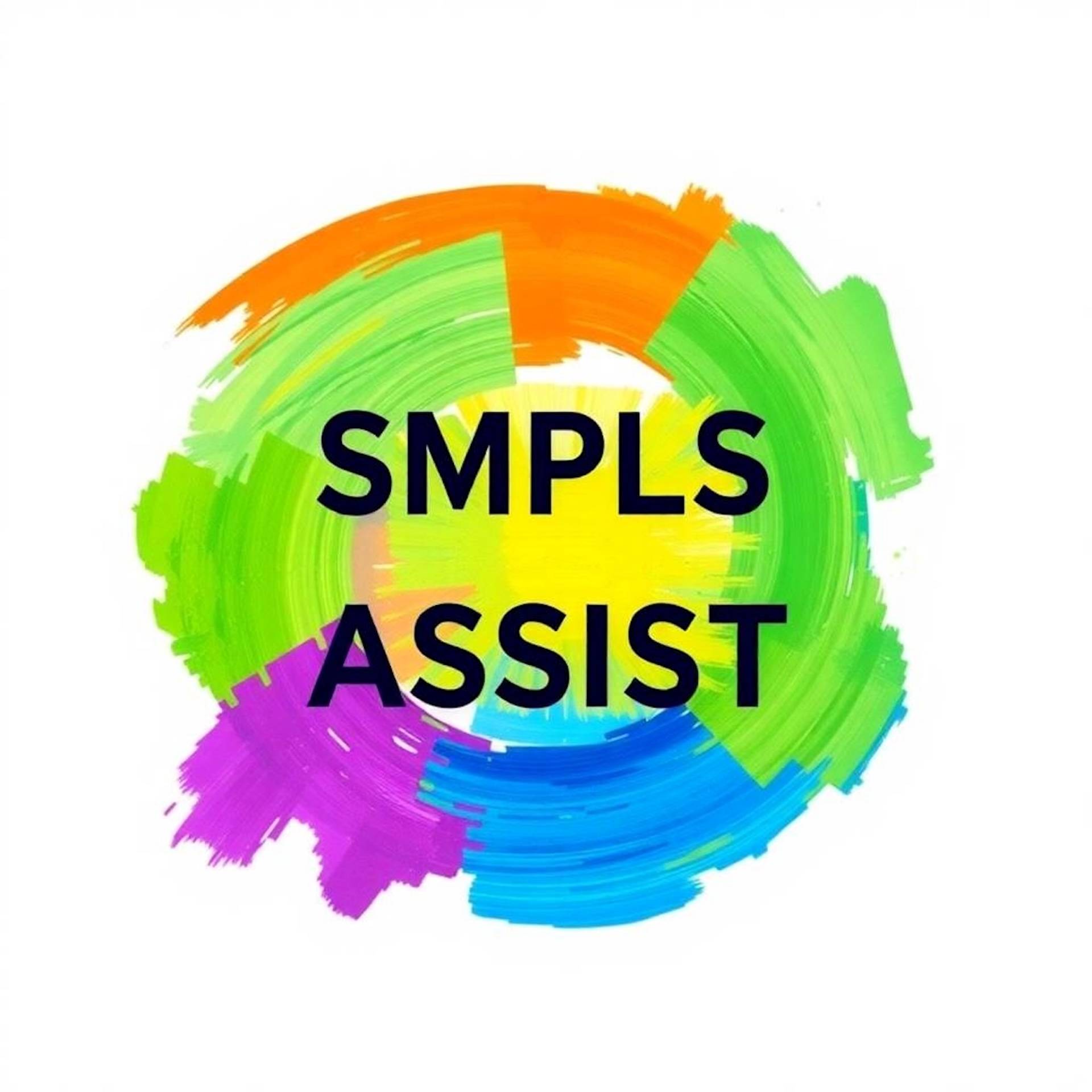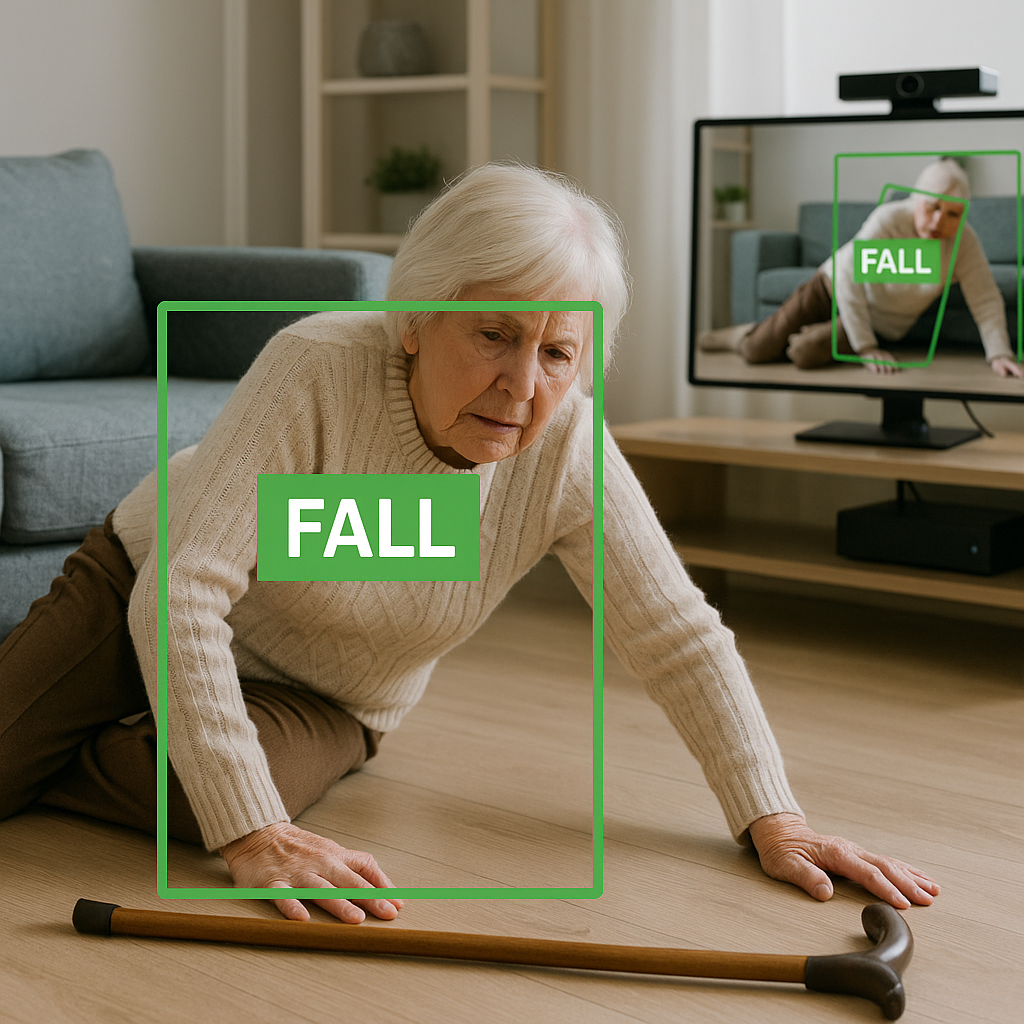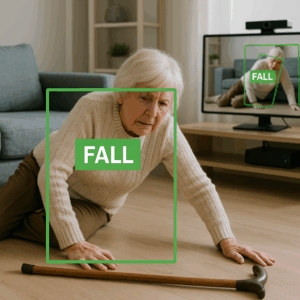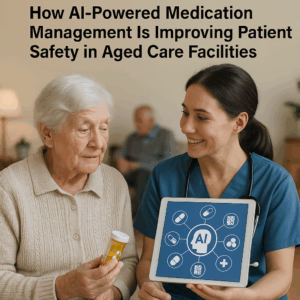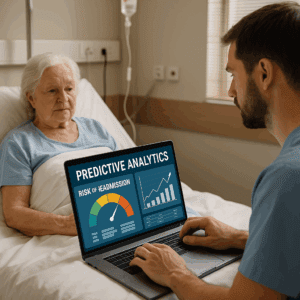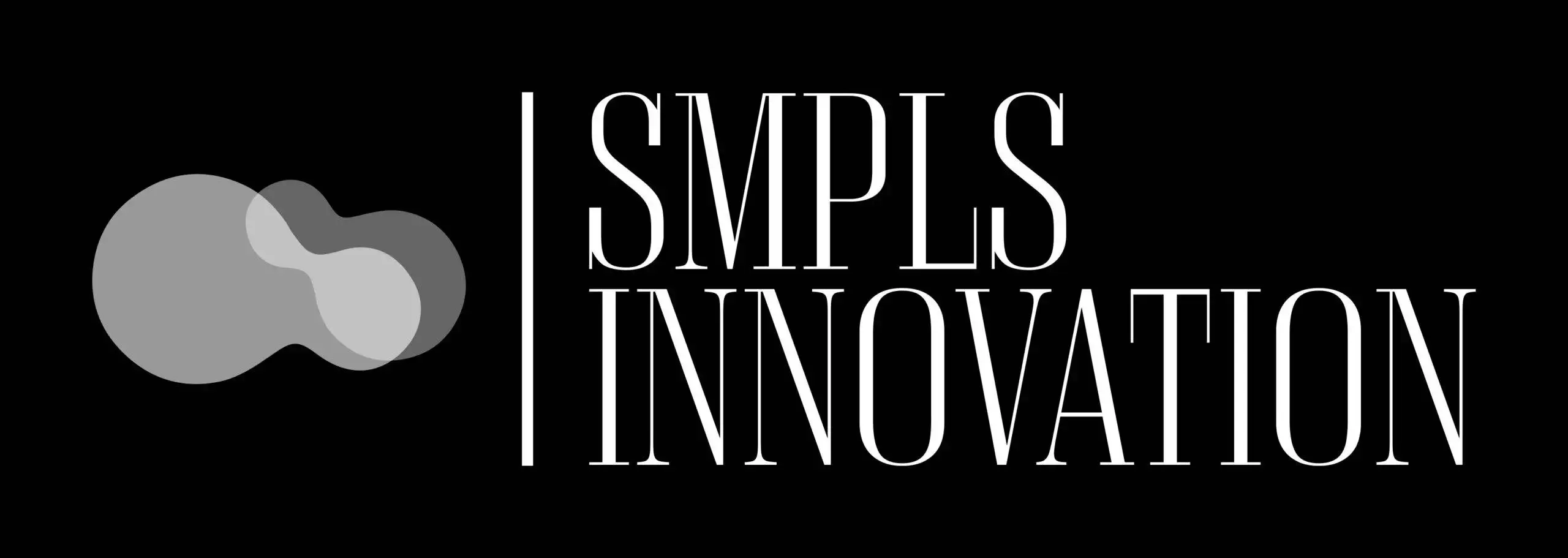Using Computer Vision to Prevent Falls in Home Care — A Look at New Sensor Technologies
By SMPLSINNOVATION Health Technology Consulting | February 2024
I. Introduction
Let’s face it—gravity can be tough, especially for older adults. As more people around the world grow older, staying safe and independent at home has become very important. Families, healthcare providers, and tech experts all want to make sure seniors can live comfortably without worrying about falls.
The World Health Organization says falls are the second biggest cause of accidental deaths in the world. In the United States, the CDC reports that over 36 million falls happen every year among adults aged 65 and older. More than 3 million of those end in emergency room visits. The cost of fall injuries is also huge—up to one percent of all health spending in many countries.
New technology using computer vision and smart sensors is helping to solve this problem. Instead of the old wearables that people used to forget to put on, these systems watch for danger automatically. They use privacy-safe sensors and smart software to detect a fall in real time, without making people feel watched.
At SMPLSINNOVATION, we love exploring these new technologies. Helping our clients find what’s next in health tech is what we do best.
II. Why Falls Are Still a Big Problem in Home Care
Falls continue to threaten the independence of older adults. Here’s why they are such a challenge:
1. They are common and expensive. One in four adults over 65 falls each year, leading to hospital stays and high medical costs.
2. Old tools don’t work well enough. Wearables only help if people wear them. Pressure mats only cover small areas. Relying on caregivers to watch 24/7 is difficult and costly.
3. Privacy matters. No one wants cameras watching them all day. This is why new **privacy-friendly** sensors using radar or heat detection are becoming more popular.
The goal is simple: fall detection that is smart, sensitive, and invisible—like a friendly helper that protects without spying.
III. Computer Vision Approaches in Fall Detection
Thanks to new advances in artificial intelligence, computer vision is now helping make homes safer. By combining neural networks, small devices, and private data systems, AI can detect falls quickly and safely.
Here are three main ways it works:
1. AI studies body movement and posture to spot when someone is lying down unexpectedly.
2. Motion modeling helps AI learn normal walking patterns and notice sudden changes that look like a fall.
3. Edge computing lets all the data stay on small home devices, not in the cloud, which protects privacy and speeds up responses.
These features make fall detection smoother, faster, and more discreet—like having a helpful digital assistant nearby at all times.
IV. New Sensor Technologies (2023–2024)
The past year has brought major progress in sensing technology. Recent research shows that combining several types of sensors can make detection more accurate.
Here are ten growing technologies now being used in fall detection:
1. Millimeter-wave radar uses radio waves to sense 3D movement without showing images.
2. Thermal sensors spot body heat and movement, great for nighttime use.
3. 3D LiDAR maps the space in detail to track motion.
4. Event-based cameras catch movement changes instantly and use little power.
5. Smart depth cameras process images on the device without sending data out.
6. Pressure-sensitive floors can feel footsteps and detect sudden falls.
7. Wi-Fi sensing can notice motion by watching how radio signals move around rooms.
8. Ultra-wideband sensors track tiny motion changes very accurately.
9. Smart microphones can recognize the distinct sound of a fall.
10. Multimodal systems mix data from several sensors to give a clear, reliable picture.
Together, these tools help homes see, hear, and sense when something might be wrong—often before it becomes an emergency.
V. Data Privacy and Ethics in Home Monitoring
No one wants to feel like they’re living under constant watch. Tech developers are now working hard to protect both privacy and safety. Here’s how:
1. Federated learning lets devices learn locally without sending personal data to the cloud.
2. Synthetic data trains AI using computer models instead of real people’s videos.
3. Strict rules like HIPAA and GDPR help guide how data is stored and shared.
At SMPLSINNOVATION, we help clients design systems that respect these principles. Good technology should always support human values, not replace them.
VI. Real-World Testing and Clinical Trials
More studies are proving that these new systems work well outside the lab. Here are some recent examples:
1. A German study combined radar and sound sensors and reached 97% accuracy with no privacy complaints.
2. A U.S. study used depth and Wi-Fi sensors that could predict a fall over one second before it happened.
3. A Japan trial using LiDAR and federated learning reduced emergency fall calls by 40% in six months.
The best systems also connect smoothly with health records, remote monitoring tools, and even voice assistants, making care easier for everyone.
VII. Challenges in Everyday Homes
While the new technology is exciting, bringing it into regular homes can still be tricky:
1. Some houses don’t have strong internet or power setups.
2. Current systems can be costly, sometimes thousands per room.
3. People need to understand the tech so they feel comfortable using it.
4. Devices from different companies don’t always work well together.
5. AI needs updates when furniture, pets, or family routines change.
That’s where SMPLSINNOVATION helps—by offering clear guidance to make sure homes can use these powerful tools without confusion or worry.
VIII. The Future of Fall Prevention
The future of fall prevention is about predicting, not just reacting. Soon, systems will be able to tell when someone might be at risk before they hit the ground.
We can expect:
– Predictive systems that warn caregivers about changes in walking patterns.
– Local AI systems that don’t need the cloud and respond instantly.
– Standardized sensors that can work easily together.
– Emotion-aware systems that recognize distress through voice or movement.
The goal is simple but meaningful: to help older adults stay safe, independent, and confident at home—protected by smart technology that truly cares.
